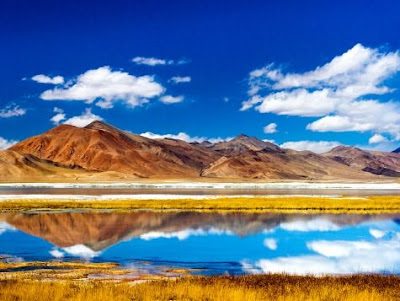The emerald isle of Sri Lanka is a treasure trove of wildlife. Lying in the Western Ghats-Sri Lanka biodiversity hotspot, the island nation is home to many endemic bird and mammal species, as well as the world’s best whale-watching destinations.
Sinharaja Forest Reserve is of international significance and has been designated a Biosphere Reserve and World Heritage Site by UNESCO. The reserve is a treasure trove of endemic species, including trees, insects, amphibians, reptiles, birds, and mammals. The place is especially an attraction for birdwatchers, who visit to admire the many species of birds in Sinharaja, many of which are endemic to Sri Lanka, including Sri Lanka Blue Magpie, Sri Lanka White-eye, Serendib Scops Owl, and many more.
Mirissa is a small town on the south coast of Sri Lanka. It is the largest fishing port on the south coast and is known for its tuna, mullet, snapper and butterfish. During winter and summer, Blue and Sperm Whales cross the southern tip of the island, migrating to the warmer waters of Southeast Asia. Many Blue Whales can be seen at Dondra point in Sri Lanka, accessed through the Mirissa or Weligama harbour. Whale-watching tours can be arranged in Sri Lanka. Blue Whales and some types of dolphins can often be seen in the waters off Mirissa.

















